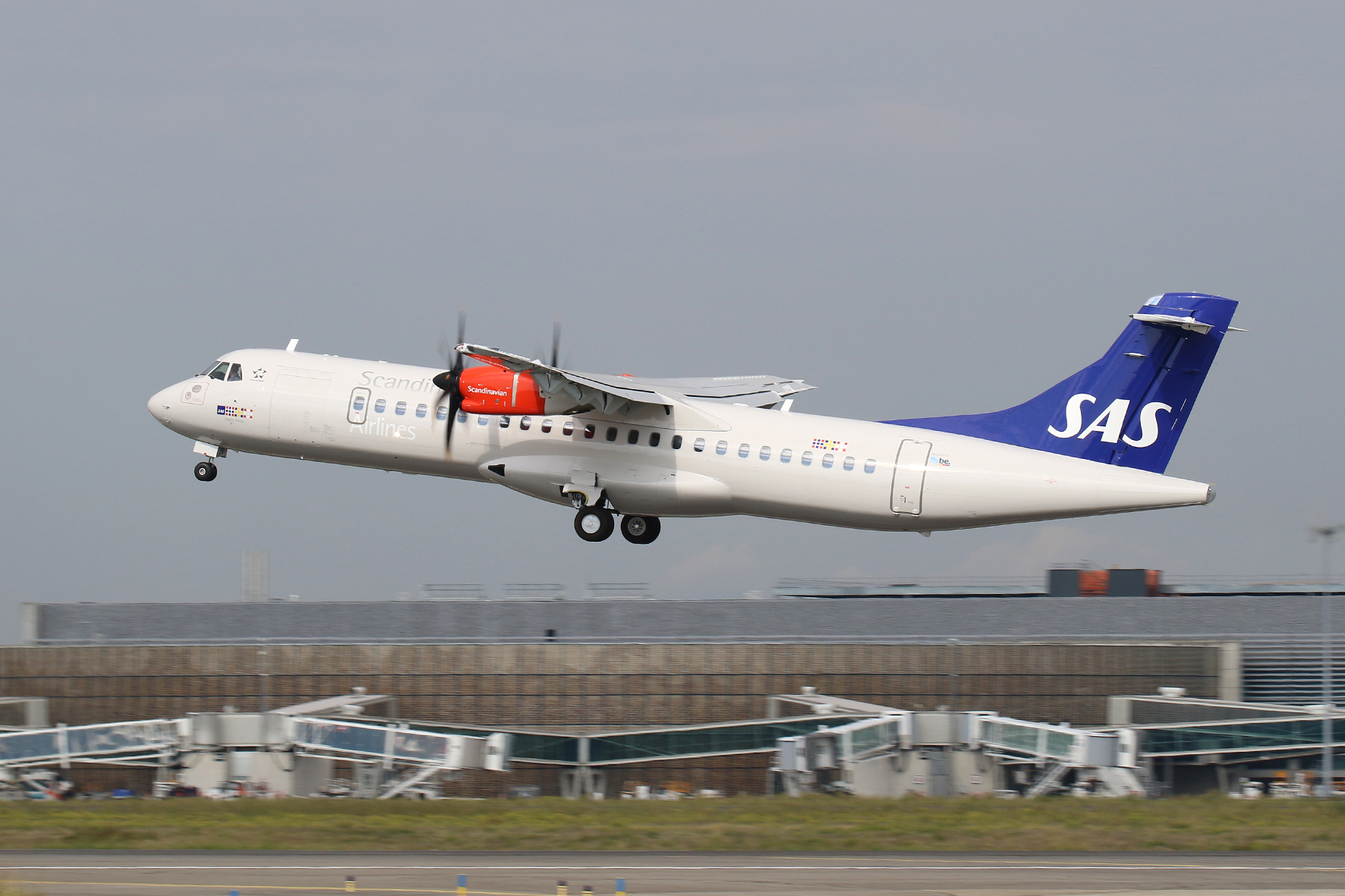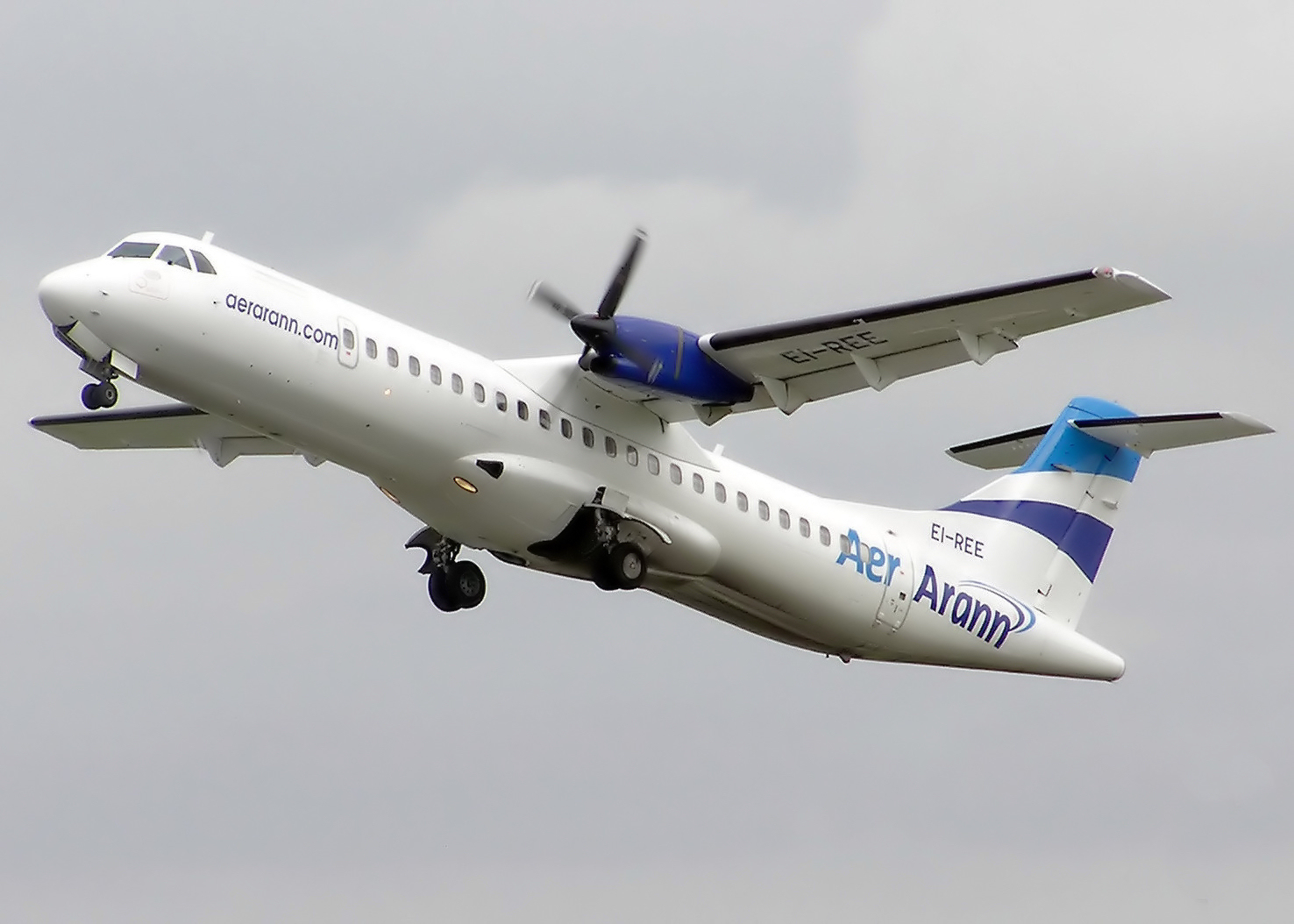Operational Capabilities and Applications: Atr 72 Plane

The ATR 72, a versatile turboprop aircraft, stands out for its exceptional operational capabilities and diverse applications. Its performance in various weather conditions and terrains makes it a reliable choice for regional air travel, cargo transportation, and specialized missions.
Operational Capabilities
The ATR 72’s operational capabilities are defined by its ability to operate efficiently in diverse environments. Its turboprop engines, renowned for their fuel efficiency, enable the aircraft to perform well in challenging conditions. The aircraft’s robust design allows it to handle various terrains, including short and unpaved runways. This makes the ATR 72 suitable for connecting remote communities and destinations with limited infrastructure.
The ATR 72’s performance in different weather conditions is a testament to its design and engineering. Its advanced avionics and weather detection systems enhance safety and allow for continued operations in adverse weather. The aircraft’s ability to operate in low visibility conditions, including fog and snow, is crucial for maintaining connectivity in regions with challenging weather patterns.
Applications, Atr 72 plane
The ATR 72’s versatility makes it suitable for a wide range of applications, including:
Regional Air Travel
The ATR 72 is a popular choice for regional air travel, connecting smaller cities and towns to major hubs. Its fuel efficiency and ability to operate on short runways make it a cost-effective solution for airlines operating regional routes.
Cargo Transportation
The ATR 72’s cargo variant, the ATR 72-200F, is specifically designed for cargo transportation. Its large cargo hold allows for the efficient transport of goods, making it ideal for businesses and organizations requiring reliable cargo services.
Special Missions
The ATR 72 is also utilized for special missions, including:
- Search and Rescue: Its ability to operate in remote and challenging environments makes it suitable for search and rescue operations.
- Medical Evacuation: The aircraft’s spacious cabin and ability to land on short runways make it ideal for medical evacuation services.
- Surveillance and Reconnaissance: The ATR 72 can be equipped with specialized sensors and surveillance equipment for monitoring and reconnaissance missions.
Advantages and Disadvantages
The ATR 72 offers numerous advantages for specific applications, but it also has certain disadvantages:
Advantages
- Fuel Efficiency: The ATR 72’s turboprop engines offer significant fuel savings compared to jet-powered aircraft.
- Short Runway Capabilities: Its ability to operate on short and unpaved runways expands its operational range.
- Versatility: The ATR 72 can be configured for various purposes, including passenger transport, cargo transportation, and special missions.
- Reliability: The aircraft has a proven track record of reliability, making it a dependable choice for operators.
Disadvantages
- Limited Range: Compared to jet-powered aircraft, the ATR 72 has a shorter range.
- Slower Speed: The ATR 72’s turboprop engines result in slower cruising speeds than jet aircraft.
- Cabin Size: The ATR 72’s cabin is relatively small, limiting its passenger capacity.
Operators
The ATR 72 is operated by a diverse range of airlines and organizations worldwide. Here is a table showcasing some of the major operators:
| Airline/Organization | Country | Fleet Size |
|---|---|---|
| Air France | France | 15 |
| Alitalia | Italy | 10 |
| Flybe | United Kingdom | 25 |
| United Airlines | United States | 10 |
| Royal Air Maroc | Morocco | 12 |
| QantasLink | Australia | 18 |
| Air Tahiti Nui | French Polynesia | 6 |
| Widerøe | Norway | 30 |
| AirAsia | Malaysia | 15 |
Safety and Reliability

The ATR 72, known for its efficiency and versatility, has a commendable safety record. This section will delve into the safety features, technologies, and maintenance practices that contribute to the aircraft’s reliability.
Safety Record of the ATR 72
The ATR 72 has a generally good safety record. However, like any aircraft, it has experienced a number of incidents and accidents throughout its operational history. It is crucial to analyze these events to understand the underlying causes and identify areas for improvement.
- The most significant accident involving an ATR 72 occurred in 2014, when a TransAsia Airways flight crashed in Taiwan. The investigation revealed that the pilot’s actions, including an engine failure, contributed to the crash. This incident highlighted the importance of pilot training and the need for robust procedures in the event of an engine failure.
- Another notable incident involved an ATR 72 operated by Yeti Airlines in Nepal in 2023. The aircraft crashed shortly after takeoff, resulting in a significant number of casualties. While the investigation is ongoing, preliminary findings suggest a potential issue with the aircraft’s control system. This incident underscores the importance of rigorous maintenance and inspections to ensure the aircraft’s airworthiness.
Safety Features and Technologies
The ATR 72 incorporates a range of safety features and technologies designed to enhance flight safety and mitigate risks. These include:
- Enhanced Ground Proximity Warning System (GPWS): This system provides pilots with timely warnings of potential ground collisions, including terrain and obstacles. The GPWS is essential for preventing Controlled Flight Into Terrain (CFIT) accidents.
- Flight Data Recorder (FDR) and Cockpit Voice Recorder (CVR): These devices record critical flight data and cockpit conversations, providing valuable information for accident investigations and safety analysis.
- Electronic Stability Protection (ESP): This system helps to prevent the aircraft from stalling or entering an uncontrolled spin, enhancing the aircraft’s stability and controllability.
- Automatic Dependent Surveillance-Broadcast (ADS-B): This technology allows the aircraft to broadcast its position and other flight data to air traffic control and other aircraft, enhancing situational awareness and reducing the risk of collisions.
Comparison with Other Aircraft in its Class
The ATR 72’s safety record compares favorably to other turboprop aircraft in its class. Studies have shown that turboprop aircraft generally have a lower accident rate than jet aircraft. This can be attributed to factors such as lower operating speeds and the inherent robustness of turboprop engines.
Maintenance and Inspection Procedures
ATR 72 aircraft undergo rigorous maintenance and inspection procedures to ensure their continued airworthiness. These procedures are Artikeld in the aircraft’s maintenance manual and are subject to strict regulatory oversight.
- Regular Inspections: ATR 72 aircraft undergo scheduled inspections at various intervals, ranging from daily checks to major overhauls. These inspections are designed to identify and address any potential issues before they can lead to a safety hazard.
- Component Replacement: Components such as engines, propellers, and avionics systems are replaced on a regular basis, following manufacturers’ recommendations and regulatory requirements. This ensures that the aircraft’s critical components are maintained in a safe and reliable condition.
- Aircraft Modifications: ATR 72 aircraft are subject to ongoing modifications and upgrades, including the implementation of new safety features and technologies. These modifications are designed to enhance the aircraft’s safety and performance.
Atr 72 plane – The ATR 72, a popular regional turboprop aircraft, has been involved in several high-profile incidents, prompting investigations and safety concerns. These incidents often spark debates about aviation safety regulations and the role of technology in preventing accidents. Similar discussions are happening in the US political arena, where the ABC debates are shaping the national conversation on issues like infrastructure and air travel.
While the ATR 72 has a proven safety record, the need for continuous improvement in aviation safety remains a priority for regulators and airlines alike.
The ATR 72, a popular regional aircraft, has been in the news recently due to a series of incidents. While safety investigations are underway, it’s interesting to see how this news cycle compares to the intense public scrutiny of the current presidential debate, whos winning in the presidential debate.
The debate about the ATR 72’s safety, though serious, doesn’t seem to garner the same level of public interest, perhaps highlighting the varying levels of engagement with different types of news.
